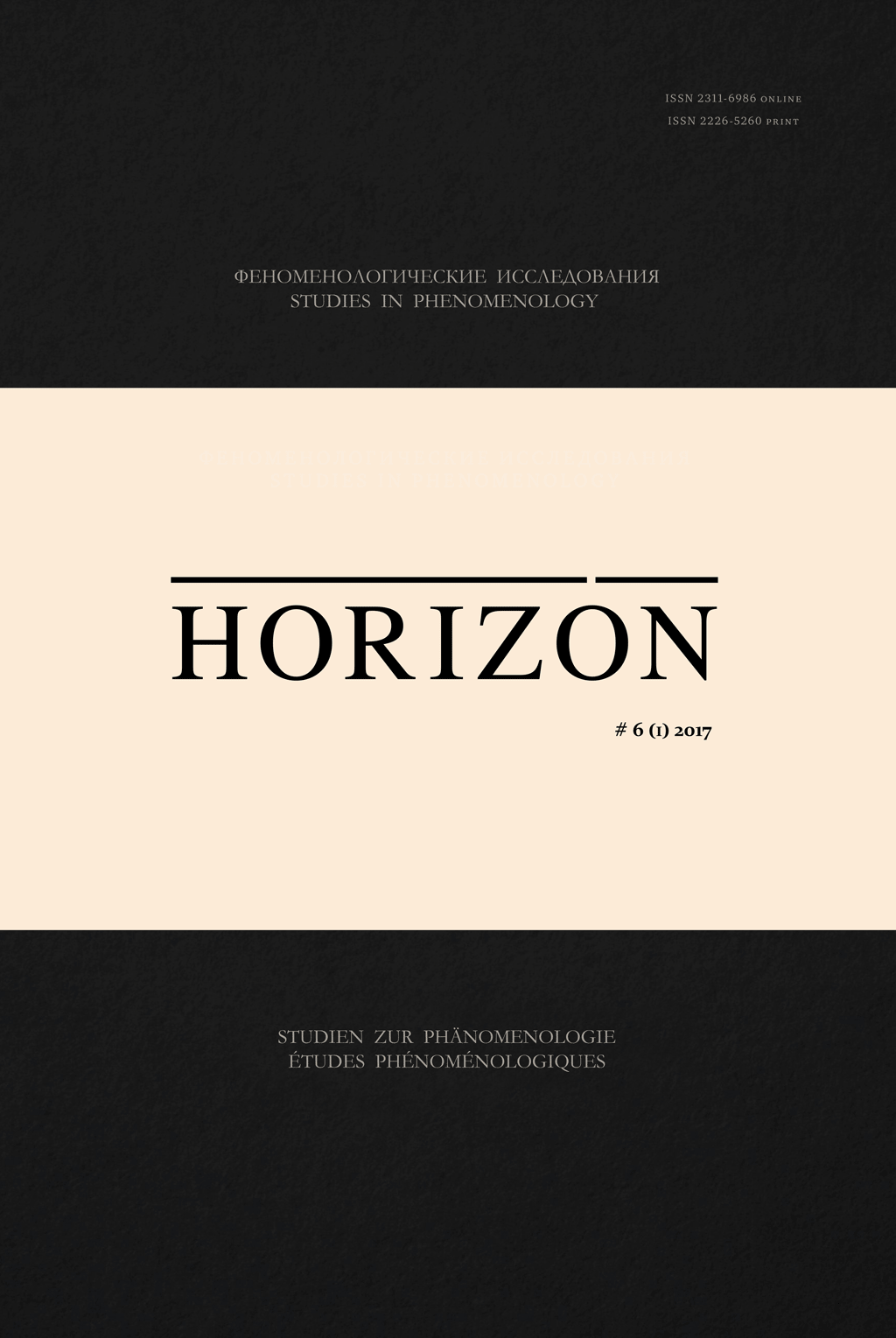LANGUAGE, DESCRIPTION AND NECESSITY.
WAS WITTGENSTEIN’S PHENOMENOLOGY
A HUSSERLIAN PHENOMENOLOGY?
LANGUAGE, DESCRIPTION AND NECESSITY.
WAS WITTGENSTEIN’S PHENOMENOLOGY
A HUSSERLIAN PHENOMENOLOGY?
Author(s): MICHAŁ PIEKARSKISubject(s): Analytic Philosophy, Phenomenology
Published by: Издательство Санкт-Петербургского государственного университета
Keywords: Description; grammar; Husserl; phenomenology; phenomenological language; philosophical methods; space; Wittgenstein
Summary/Abstract: In this article we would like to prove that the so-called Ludwig Wittgenstein’s phenomenology wasnot the phenomenology in Husserlian sense. Ludwig Wittgenstein’s thought is most often associatedwith analytical philosophy, pragmatism or a specific metaphilosophical programme. Conversely,the philosopher is rarely considered as belonging to the phenomenological school. What remainsproblematic is whether 1) Wittgenstein did in fact practice some form of phenomenology and, ifso, 2) what school of thought should it be related to? Both problems may be brought down to onebasic question of 3) what is phenomenology? The answer to this last question, albeit tentative, willhelp us answer questions one and two. We can give a preliminary answer to our third question. Wecould say the following: phenomenology is a method to describe what is given for description andhow it is given in terms of analysing the conditions under which an object may appear. As such, it isa transcendental way to encapsulate conditions determining the possibility of any experience. Wemay ask now whether Wittgenstein was a phenomenologist by this definition of phenomenology.If we conclude that he was not, we will try to answer our second question — can we talk ofWittgenstein’s phenomenology in any other sense, much as we do in the case of phenomenologiesof Mach, Einstein or Austin. Ludwig Wittgenstein used the word phenomenology to describe hisphilosophy twice. First, in his notes from 1929 which later served as material for the posthumouslypublished Philosophische Bemerkungen, and then in 1951 in a collection of notes published asBemerkungen über die Farben. Let us consider what he wrote in 1929.
Journal: Horizon. Феноменологические исследования
- Issue Year: 6/2017
- Issue No: 1
- Page Range: 45-57
- Page Count: 13
- Language: English

